Hydroponic vegetable greenhouse is a greenhouse that uses hydroponic technology to grow vegetables. Hydroponics is a soilless cultivation technique that provides the nutrients plants need to grow by adding a nutrient solution to water. Hydroponic vegetable greenhouses usually consist of one or more hydroponic systems, which can be a simple tray or pipe or a complex automated system.
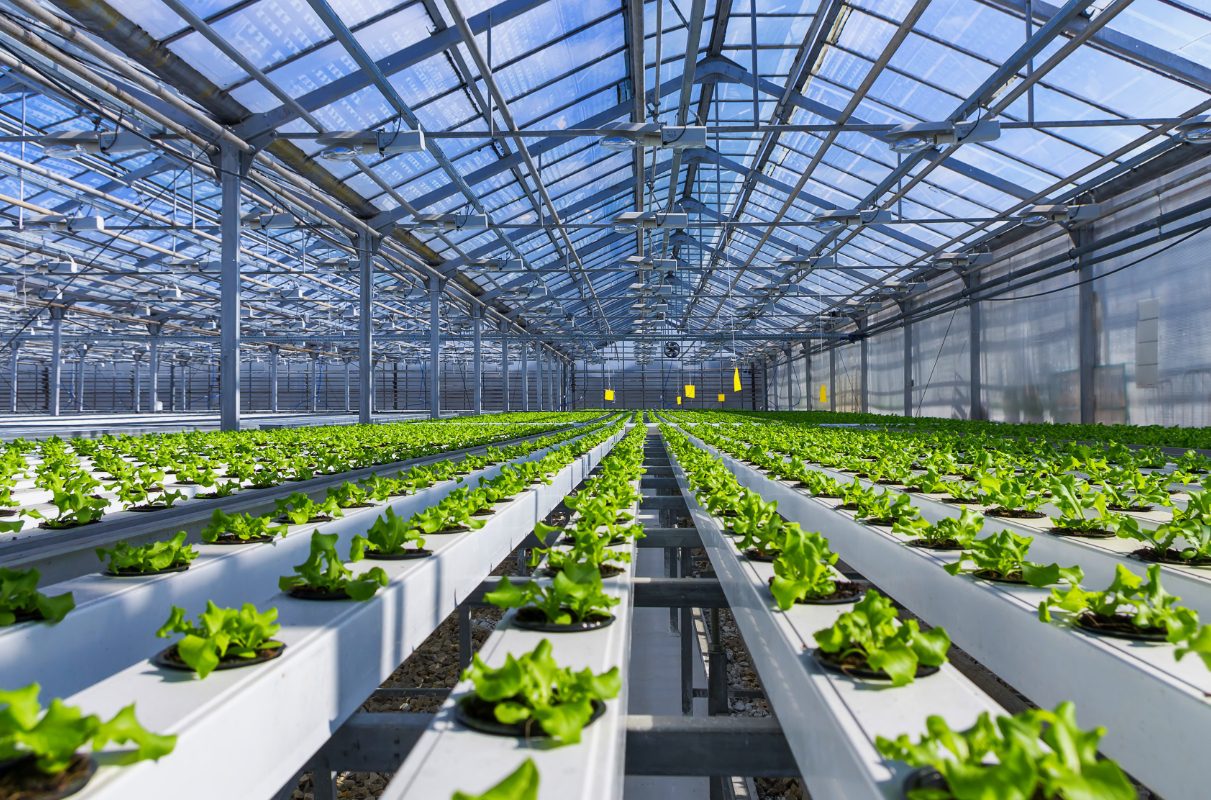 Hydroponic vegetable greenhouses have many advantages, including saving land and water resources, reducing soil diseases and pests, and increasing yield and quality. Hydroponic vegetable greenhouses can also optimize plant growth by controlling environmental conditions, such as temperature, humidity, light and nutrient solution circulation.
Hydroponic vegetable greenhouses have many advantages, including saving land and water resources, reducing soil diseases and pests, and increasing yield and quality. Hydroponic vegetable greenhouses can also optimize plant growth by controlling environmental conditions, such as temperature, humidity, light and nutrient solution circulation.
Hydroponic vegetable greenhouses are usually used to grow leafy vegetables, such as lettuce, spinach, celery, etc. These vegetables have a short growth cycle and can be harvested in a short time, making them ideal for growing in greenhouses. Hydroponic vegetable greenhouses can also be used to grow other vegetables, such as tomatoes, cucumbers, peppers, etc.
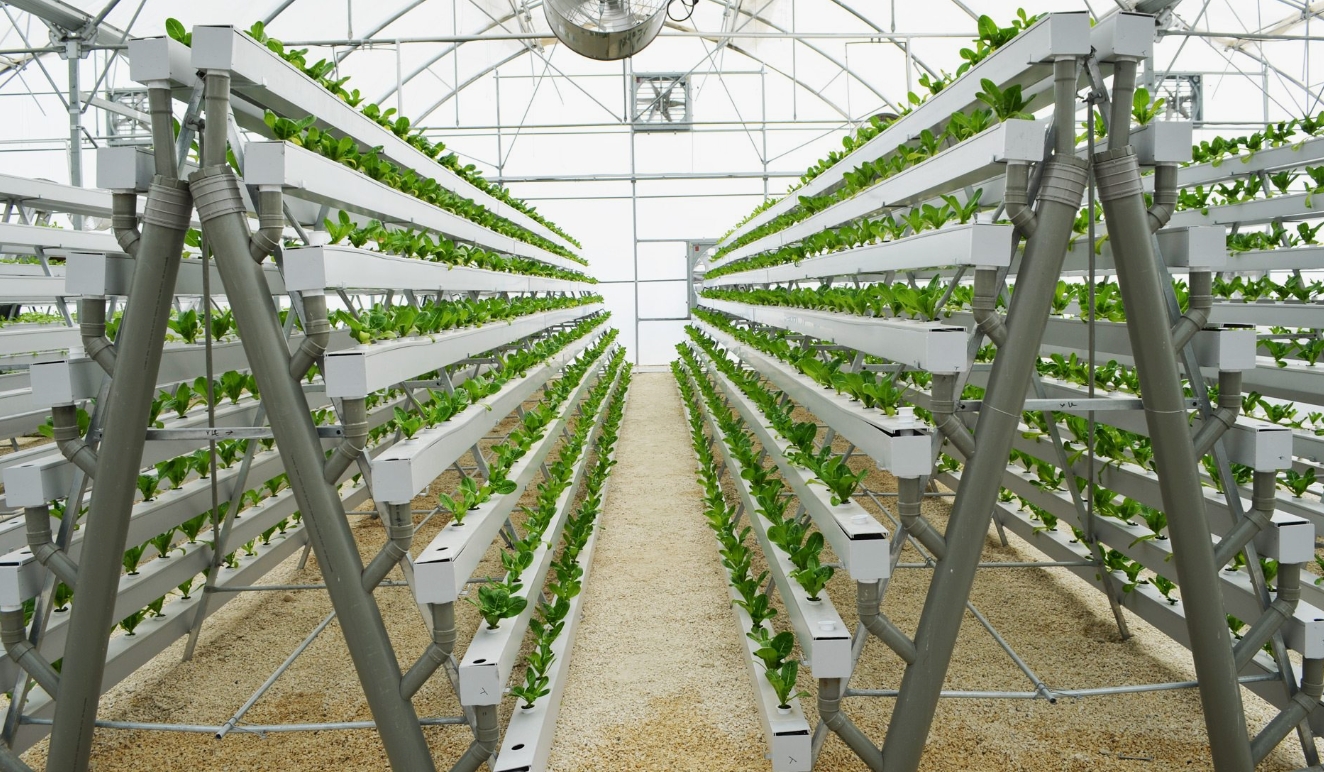
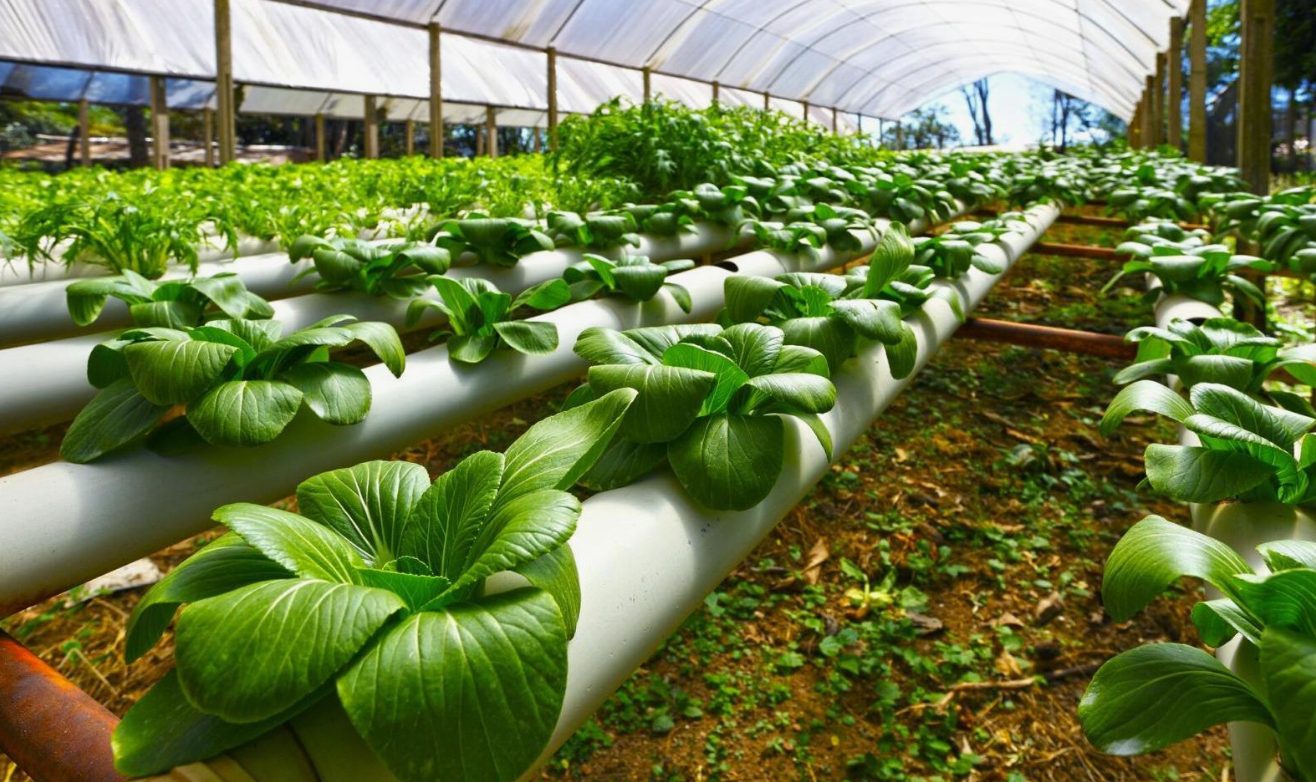
In general, hydroponic vegetable greenhouse is a sustainable agricultural production method that can provide people with fresh, healthy and safe vegetables.
What equipment do hydroponic vegetable greenhouses need?
The equipment required for a hydroponic vegetable greenhouse is relatively abundant and professional. The following are some of the main equipment and their functions:
Hydroponic tank or pipe: This is the core equipment of hydroponic vegetables, used to hold the nutrient solution and support the root system of the vegetables. The roots of vegetables are directly soaked in the nutrient solution, thereby absorbing the required nutrients and water. These equipment can be rectangular troughs or vertical pipes, with various designs to meet different planting needs.
Nutrient solution circulation system: including water pumps, pipes and drip irrigation equipment, etc., used to evenly transport nutrient solution to the root system of each vegetable. This ensures that each vegetable can receive sufficient nutrients while avoiding waste of nutrient solution.
Greenhouse structure: Greenhouse is an environment where hydroponic vegetables grow. It is usually made of transparent materials such as glass or plastic film to ensure sufficient light.
The greenhouse also needs to have appropriate insulation and ventilation facilities to regulate temperature and humidity and provide the best growing environment for vegetables.




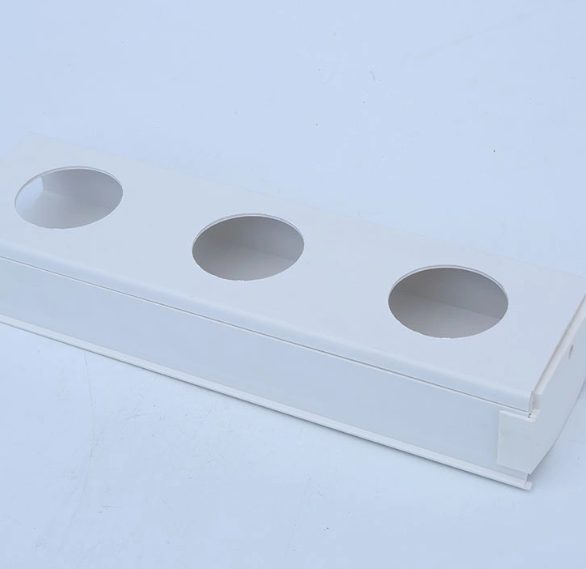
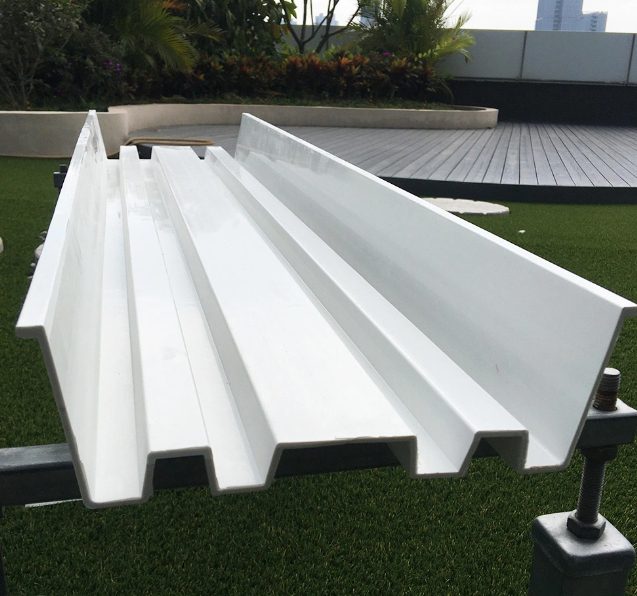
Environmental control equipment: including temperature control equipment (such as air conditioners, heating, etc.), humidity control equipment (such as humidifiers, dehumidifiers, etc.) and lighting equipment (such as plant growth lights, etc.). These devices ensure that the environmental conditions in the greenhouse are always suitable for vegetable growth.
Monitoring and Control System: Modern hydroponic vegetable greenhouses are usually equipped with intelligent monitoring and control systems that can monitor parameters such as temperature, humidity, light, and nutrient solution concentration in the greenhouse in real time, and adjust the temperature according to the set values. Parameters automatically adjust environmental conditions to achieve precise planting.
In addition, there are some auxiliary equipment, such as seedling raising equipment, harvesting tools, cleaning tools, etc., which are also indispensable in hydroponic vegetable greenhouses.
Please note that the selection and configuration of these equipment needs to be comprehensively considered based on specific planting scale, planting varieties, investment budget and other factors. When establishing a hydroponic vegetable greenhouse, it is recommended to seek professional agricultural technology consultation and services to ensure smooth greenhouse construction and operation.
Doran Greenhouse - Professional greenhouse manufacturer!
 Hydroponic vegetable greenhouses have many advantages, including saving land and water resources, reducing soil diseases and pests, and increasing yield and quality. Hydroponic vegetable greenhouses can also optimize plant growth by controlling environmental conditions, such as temperature, humidity, light and nutrient solution circulation.
Hydroponic vegetable greenhouses have many advantages, including saving land and water resources, reducing soil diseases and pests, and increasing yield and quality. Hydroponic vegetable greenhouses can also optimize plant growth by controlling environmental conditions, such as temperature, humidity, light and nutrient solution circulation.Hydroponic vegetable greenhouses are usually used to grow leafy vegetables, such as lettuce, spinach, celery, etc. These vegetables have a short growth cycle and can be harvested in a short time, making them ideal for growing in greenhouses. Hydroponic vegetable greenhouses can also be used to grow other vegetables, such as tomatoes, cucumbers, peppers, etc.


In general, hydroponic vegetable greenhouse is a sustainable agricultural production method that can provide people with fresh, healthy and safe vegetables.
What equipment do hydroponic vegetable greenhouses need?
The equipment required for a hydroponic vegetable greenhouse is relatively abundant and professional. The following are some of the main equipment and their functions:
Hydroponic tank or pipe: This is the core equipment of hydroponic vegetables, used to hold the nutrient solution and support the root system of the vegetables. The roots of vegetables are directly soaked in the nutrient solution, thereby absorbing the required nutrients and water. These equipment can be rectangular troughs or vertical pipes, with various designs to meet different planting needs.
Nutrient solution circulation system: including water pumps, pipes and drip irrigation equipment, etc., used to evenly transport nutrient solution to the root system of each vegetable. This ensures that each vegetable can receive sufficient nutrients while avoiding waste of nutrient solution.
Greenhouse structure: Greenhouse is an environment where hydroponic vegetables grow. It is usually made of transparent materials such as glass or plastic film to ensure sufficient light.
The greenhouse also needs to have appropriate insulation and ventilation facilities to regulate temperature and humidity and provide the best growing environment for vegetables.






Environmental control equipment: including temperature control equipment (such as air conditioners, heating, etc.), humidity control equipment (such as humidifiers, dehumidifiers, etc.) and lighting equipment (such as plant growth lights, etc.). These devices ensure that the environmental conditions in the greenhouse are always suitable for vegetable growth.
Monitoring and Control System: Modern hydroponic vegetable greenhouses are usually equipped with intelligent monitoring and control systems that can monitor parameters such as temperature, humidity, light, and nutrient solution concentration in the greenhouse in real time, and adjust the temperature according to the set values. Parameters automatically adjust environmental conditions to achieve precise planting.
In addition, there are some auxiliary equipment, such as seedling raising equipment, harvesting tools, cleaning tools, etc., which are also indispensable in hydroponic vegetable greenhouses.
Please note that the selection and configuration of these equipment needs to be comprehensively considered based on specific planting scale, planting varieties, investment budget and other factors. When establishing a hydroponic vegetable greenhouse, it is recommended to seek professional agricultural technology consultation and services to ensure smooth greenhouse construction and operation.
Doran Greenhouse - Professional greenhouse manufacturer!